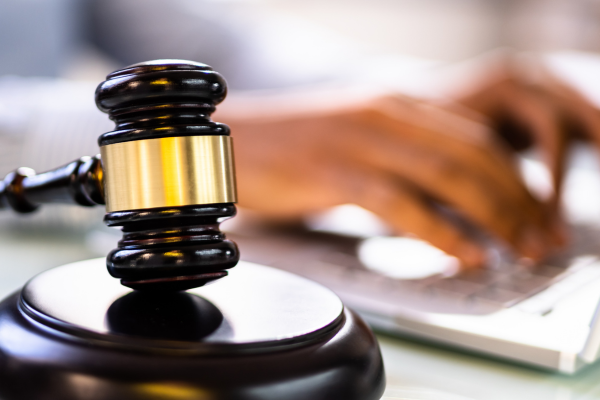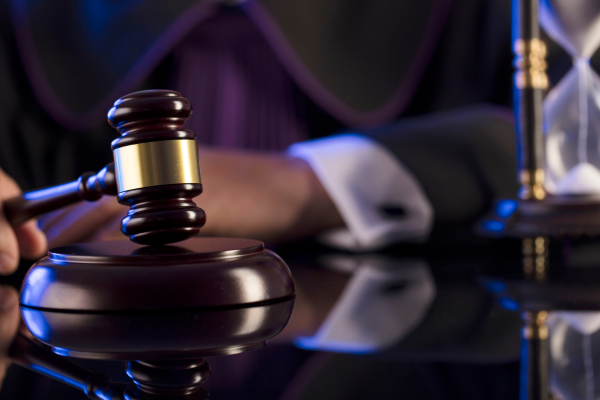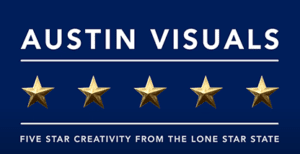
In the realm of legal disputes, the clarity of evidence presentation can be the linchpin of a successful case. 3D animations have emerged as a powerful tool in the courtroom, transforming complex facts into clear, visual stories that jurors can easily understand and remember. However, one pressing question for legal professionals considering this approach is: How long does it take to create a detailed 3D animation for trial? This article delves into the intricacies of the animation process and the factors that influence its timeline.
The 3D Animation Process for Legal Cases
Creating a 3D animation for legal purposes is a meticulous process that demands precision and attention to detail. The journey from concept to courtroom exhibit involves several stages:
- Conceptualization (1-2 weeks): This initial phase is where ideas take shape. It involves discussions with legal teams to understand the case’s needs and establish the animation’s objectives.
- Modeling (2-4 weeks): Here, animators build the 3D models that will populate the animation. The complexity of the scene dictates the time invested in this stage.
- Animation (3-6 weeks): The actual animation process, where models are rigged and moved to recreate the event in question, can be time-consuming, especially for intricate cases.
- Rendering (2-4 weeks): Rendering is the process of generating the final images. This phase is highly dependent on the animation’s length and the rendering technology used.
- Finalization (1-2 weeks): The last step involves editing, adding sound, and ensuring the animation meets legal admissibility standards.
Complexity of the Case
The intricacies of the case play a significant role in determining the timeline for a 3D animation. A straightforward slip-and-fall incident may require a simpler animation compared to a multi-vehicle collision, which would necessitate a more complex reconstruction involving numerous variables and viewpoints.
Gathering and Analyzing Evidence
The foundation of any forensic animation is the evidence upon which it is built. Collecting, analyzing, and interpreting data from accident reports, witness statements, and expert testimony is a collaborative effort that can extend the timeline. The accuracy of the animation hinges on the thoroughness of this phase, which can take anywhere from a few days to several weeks.

3D Animation for Trial
Review and Feedback
The review phase is critical. Legal teams and experts pore over the draft animation, checking for accuracy and compliance. This step, while essential, can prolong the process. Feedback and changes often span weeks, especially with complex cases or multiple parties involved.
Technical Details
Technical factors also play a role. The animation’s quality depends on the rendering tools and computer power. High-end results need time and tech. Longer, high-res animations take longer to render.
Meeting Legal Standards
A 3D animation must pass legal scrutiny before court use. It must be fair and based on solid data. Getting this certification can extend the timeline, as it might need extra reviews.
Animator Skills
The animators’ skill is vital. Experts like those at Austin Visuals handle legal animations efficiently, predict issues, and speed up production. Their know-how can cut down production time.
Here is a list of services that Austin Visuals might offer for trial purposes:
- 3D Accident Reconstruction: Creating detailed 3D animations to reconstruct accidents or events for courtroom presentations.
- Forensic Animation: Producing animations based on forensic evidence to visually demonstrate expert testimony.
- Medical Animation: Illustrating medical procedures, injuries, or the effects of medical negligence for legal cases.
- Crime Scene Visualization: Crafting 3D representations of crime scenes to help juries understand the spatial dynamics of an incident.
- Product Liability Animations: Demonstrating product defects or malfunctions in cases involving product liability.
- Personal Injury Reenactments: Animating personal injury incidents to show the severity and mechanism of injuries.
- Construction Accident Depictions: Visualizing construction site accidents, including equipment failures or safety violations.
- Fire and Explosion Animations: Simulating fire and explosion incidents to explain causation and fault.
- Animated Demonstratives: Creating animated charts, graphs, and other demonstrative evidence to support legal arguments.
- Witness and Expert Testimony Support: Providing visual aids that complement and clarify witness and expert testimonies.
Conclusion
Creating a 3D animation for trial varies in time. It’s shaped by case details, evidence collection, technical resources, and legal checks. Typically, it takes weeks to months, but it’s case-dependent.
For timely, effective 3D animations, early collaboration with studios like Austin Visuals 3D Animation Studio is crucial. This ensures a smooth creation process and on-time delivery of a strong legal animation..
Have A Project You Want To Discuss? Drop us a line!





